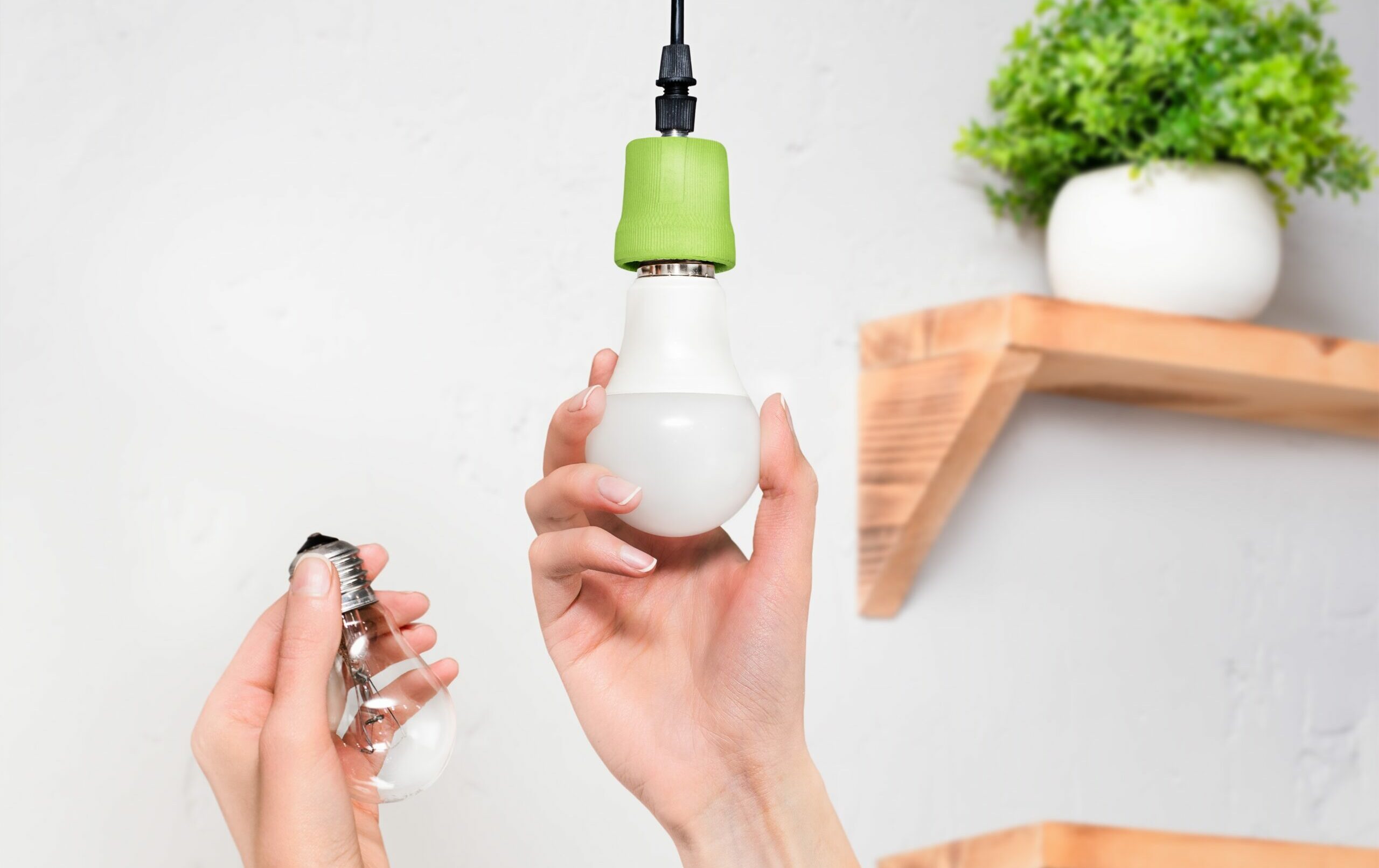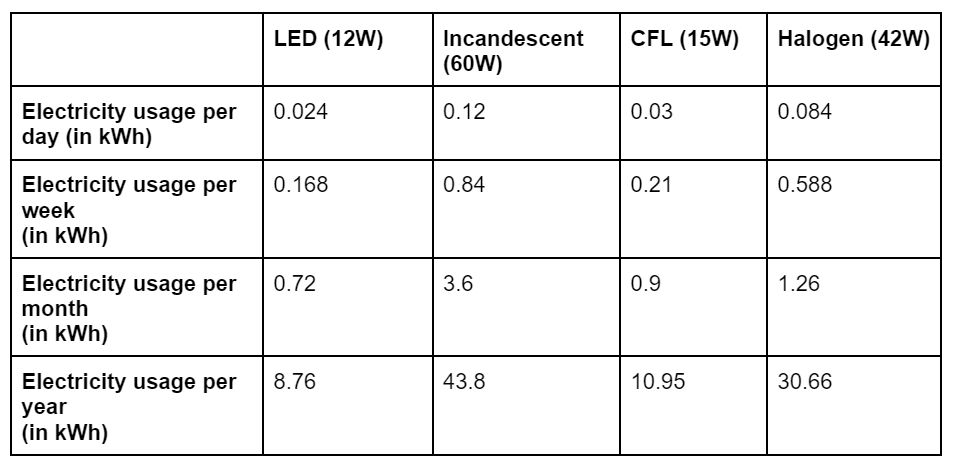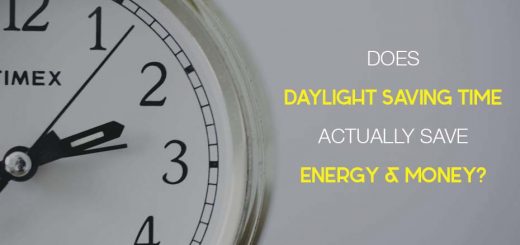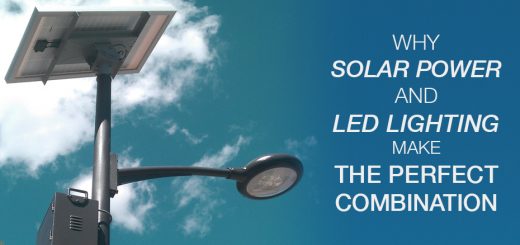How Much Money Do LED Lights Save
Did you know that the average household saves around $225 a year by switching to energy-efficient LED lighting? In addition to being cost-effective, LEDs (light-emitting diodes) also use less electricity than other types of bulbs and can last up to 25 times longer.
Let’s take a closer look at how much LEDs can cut from your energy bills as we answer all your burning lighting questions.
Key LED Lights Savings Facts & Statistics to Remember
- Energy-efficient lighting like LED lights can save you an average of $225 a year in energy costs. (Department of Energy)
- A 12W LED light has the same lumens as a 60W incandescent bulb. (Canstar Blue)
- LED lights use 75% less energy than incandescent lighting. (Department of Energy)
- LEDs offer around 50,000 hours of light. (Green Lighting)
- LEDs last 25 times longer than traditional light bulbs. (Department of Energy)
- LED lights emit 70% less heat than incandescent bulbs (Lightning Tutor)
Energy Use & Cost of Running LED Lights
1. How many watts does a light bulb use?
(EnergySage, WebstaurantStore)
Typically, all types of light bulbs use between 2 and 100 watts of electricity.
Traditional incandescent lighting ranks lowest in terms of energy efficiency — they use between 25 and 100 watts, with the most common wattage being 60W.
Halogen lights are more efficient than the traditional incandescent bulb since they have a lower wattage of 20 to 70 watts.
On the other hand, compact fluorescent bulbs (CFL) wattage ranges between 9 to 42 watts — the most common wattage found on the market is 13W and 23W.
Finally, LED lights use between 2 and 18W, making them the most energy-efficient option.
2. How much does it cost to run a 60-watt light bulb for a year?
(EIA)
On average it costs $6.22 a year to run one 60-watt incandescent light bulb. The cost can be higher depending on where you live, the number of light bulbs you have in the house, and the frequency of use.
So, assuming you have 10 60W light bulbs in your house and you use them for 8 hours each day, you are using 4.8 kWh of electricity a day (or 1,752 kWh a year) which at the average rate of 15.85 cents per kWh comes out to roughly $277.69 a year.
Overall, the electricity rate is the highest in Hawaii (44.25 cents per kWh) and Connecticut (33.23 cents per kWh) and the lowest in North Dakota (9.72 cents per kWh). This means that it costs $0.21 to run one 60W light bulb for 8 hours a day or $77.52 a year in Hawaii.
3. How many watts does a LED light use?
LED light bulbs use 2 to 18W, although the average LED light uses 10 to 12 watts.
When considering LED lights, it’s also important to think about lumens, which measure the brightness of a light.
Typically LEDs have a higher level of brightness at a lower wattage, which makes them even more efficient. For instance, a 60W incandescent light can have the same amount of lumens (650 to 850) as an 18W CFL bulb or a 10W LED light, giving you the same amount of brightness, but at a lower cost.

Essentially, to get an output of 720 lumens from a light bulb you would need:
- A 60W incandescent light
- A 42W halogen light
- A 15W CFL bulb, or
- A 12W LED light.
4. How long do LED lights last?
LED lights offer around 50,000 hours of light, with some brands providing as many as 100,000 hours.
This means that LED lights can last anywhere from 5 to 20 years, although their lifespan depends on various factors such as frequency of use, the current on which the light is operated, and the heat. For example, an LED light may last for only 8 years if used outside often and in hot temperatures. On the other hand, it may have a lifespan of 12 years if used rarely and in room-temperature conditions.
On average, a top-of-the-line LED light bulb used for 10 hours a day will last for nearly 14 years.
Traditional light bulbs, on the other hand, have an average lifespan of 1,000 hours.
5. How much electricity do LED lights consume?
(EnergySage, Department of Energy)
LEDs, and in particular, ENERGY STAR-rated lights, use around 75% less energy than incandescent lighting.
On average, a 10W LED light used for 2 hours a day consumes 0.02 kWh of electricity. This translates to about 0.61 kWh of electricity a month and 7.3 kWh a year.
The amount used increases with the number of lights and the amount of time they are on during the day. For instance, running an LED light for 3 hours per day uses around 0.92 kWh a month, or 11.0 kWh a year.
6. How much electricity do light bulbs use?
Assuming you leave the light on for 2 hours every day, this is how much electricity each type of light uses:

So how much electricity does a light bulb use per hour?
Here is what the numbers say.
- LED (12W): 0.012 kWh
- Incandescent (60W): 0.06 kWh
- CFL (15W): 0.015
- Halogen (42W): 0.042
7. How much do LED lights save per month?
According to the Department of Energy, LED lights can save users $225 a year in energy costs. How much you save though depends on the wattage you use, how long the light is on throughout the day, and how many light bulbs you have in the house.
Thus supposing you use one 10W LED lighting for 2 hours every day (that’s 730 hours a year), you can save $47.55 a month per bulb or $578.53 a year (calculated at the average rate of electricity of 15.85 cents per kWh).
8. LED vs. incandescent lighting: Long-term savings comparison
Here is a quick comparison between LEDs and traditional light bulbs.

LED lights may have higher upfront costs than incandescent lights but they do offer more long-term value since they use less electricity and have a longer lifespan.
In ten years operating an incandescent light bulb will cost you $66 per bulb. However, considering that you will need to replace the bulb after the original 1,000 hours, incandescent lights will end up costing you $93 over the course of a decade.
When it comes to LED lights that have a lifespan of 20 years, you will pay $19.45 (including the cost of the original LED light) and still have 10,000 to 15,000 hours of usage left.
9. How much does it cost to run a light bulb for a year?
(EIA)
This depends on the type of lighting you have, i.e. whether you have energy-efficient lights like LEDs or CFL bulbs, how many lights you run a day, and for how long.
In general, here is an estimation of how much each type of lighting will cost if you use lights an average of 8 hours a day and pay 15.85 cents per kWh of electricity.
- LED lights: a 12W bulb would cost $1.39 a year
- Incandescent lights: a 60W bulb would run up to $6.94 a year
- Compact fluorescent bulbs: A CFL bulb of 15W would cost $1.73
- A halogen light of 42W should come out to $4.86 a year
FAQs
Can smart LED lights help you save on electricity?
(Choice)
Smart LED lights, which are connected to your WiFi, are always in standby mode so they use electricity even when they are off. However, the cost to run a smart LED light is not that much higher than using regular LEDs. According to Choice, a standard LED light translates to about $5.14 each year, whereas smart lights range between $5.17 and $7.77 a year, depending on the type of bulb you choose.
Do LED lights make your electric bill high?
No, LED lights are one of the most energy-efficient options in terms of lighting, using up to 90% less energy than other types of bulbs. In fact, LED lights can reduce your electricity consumption by 11.4 kWh every month compared to traditional incandescent bulbs. In terms of money, this means you will save $182.59 per month per bulb or $2,221.54 a year.
Do led lights use less electricity?
Yes, LED lights use less electricity than incandescent, halogen, and CFL bulbs. The technology used in LEDs works on a lower wattage (thereby using less electricity) but provides the same amount of lumens, i.e. brightness.



